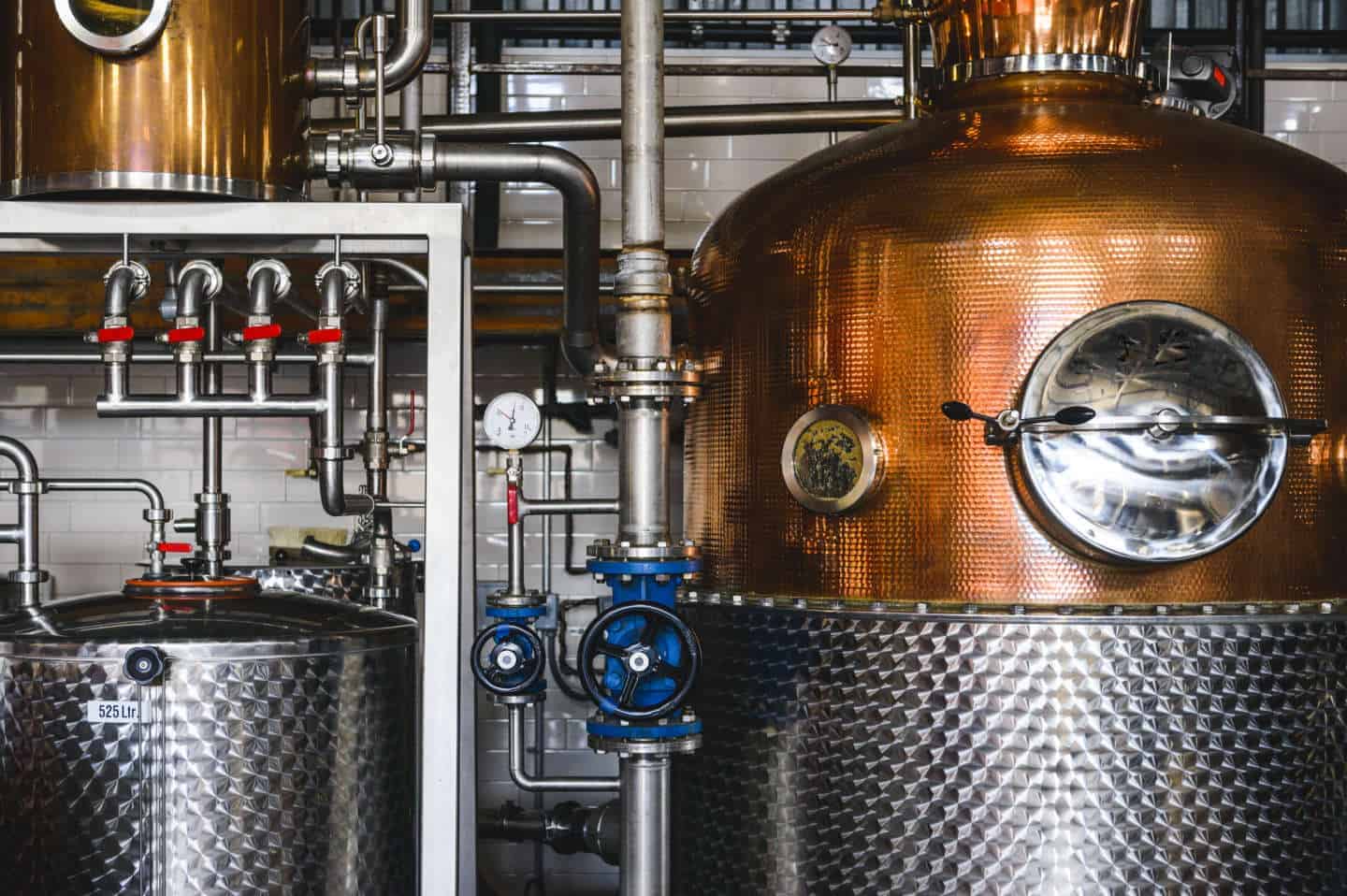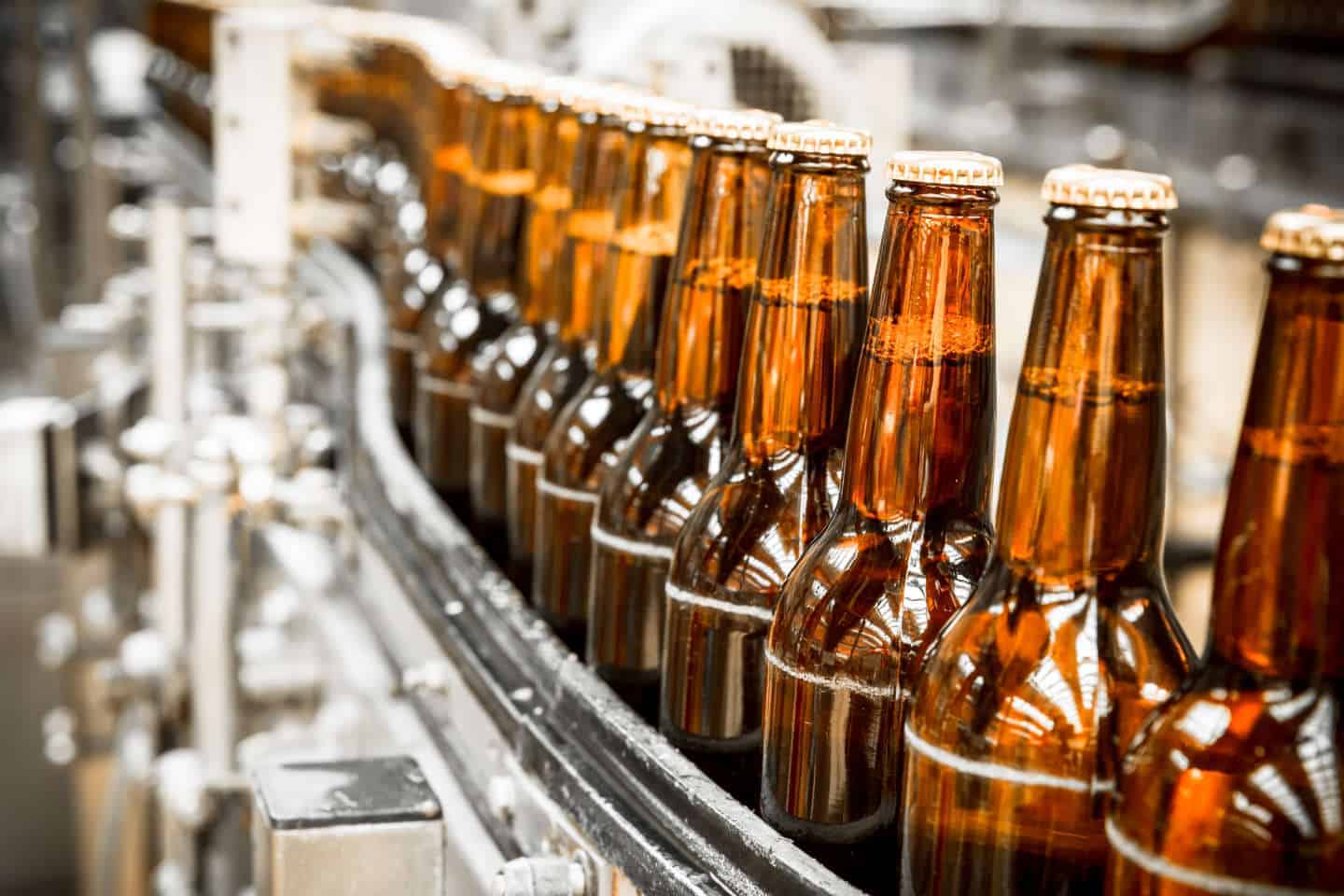According to Energy Star, energy consumption during the process of beer production takes up 3% to 8% of the total cost. The estimated energy expenses for breweries in the U.S. are more than $200 million each year. Therefore, improving your brewery’s energy efficiency can effectively reduce the cost. With the technology that is available to us now, there are some ways to increase energy efficiency at breweries, according to Craft Brewing Business.
Conduct an Energy Audit to Understand the Brewery’s Energy Consumption
Conducting a thorough test on current energy consumption at your brewery is the first step to improving energy efficiency. An energy audit is a comprehensive inspection of your building and its assets to determine where energy improvements can be made. Many states offer rebates for renewable energy projects.
With an energy audit, engineers can understand how the building consumes energy and identify which systems or processes could reduce the energy consumption. Thus, in order to design and implement an appropriate plan for your brewery, getting an energy audit on your building is essential.
Review Boiler and Steam Requirements to Avoid Unnecessary Energy Waste
According to Craft Brewing Business, boiling the wort accounts for 25% to 35% of the total energy usage for most breweries. During the boiling process, there may be leaks that allow steam and heat to escape. Once found, facility managers should seal them immediately to avoid extra costs in producing unnecessary heat. Moreover, using proper insulation for equipment involving heat, like pipes, can also prevent unwanted heat loss to reduce energy costs.

Adjust Refrigeration and Cooling Temperatures to Reduce Heat Loss
Another way to improve energy efficiency is to change your refrigeration temperature by 1 degree. Even though 1 degree is very little, it can produce a reduction of nearly 1% to 2% in energy usage. Also, inadequate insulation may promote heat exchange between the brewing areas and the cold storage areas. In this case, it uses more energy to adjust the temperatures to the right level, so ensuring that your insulation is properly managed can be huge in regards to lowering energy consumption. By making these small changes, you are able to save up to 20% on electricity costs.
Set Your Compressed Air System at the Needed Pressures
Compressed air systems are necessary for both beer production and bottling. It uses 10% of the total electricity at most breweries. The best way to run the system without wasting additional energy is to make sure it does not exceed the needed pressures. It is important to ensure there are no leaking issues with the compressed air system as well.

Identify Any Energy Waste in Packaging and Bottling
During the packaging process on the bottling line, you can optimize the methods to make the line run more efficiently. For example, you can turn off the conveyor system if it is not being used. You can even redesign the packaging and bottling process to make it runs more smoothly if applicable.
Get Started to Reduce Energy Costs
If you want to improve your brewery’s energy efficiency, EnergyLink provides FREE consultation and FREE energy audit services to our prospects. Click here to tell us what you are concerned about and our energy experts will help you solve your problems.






